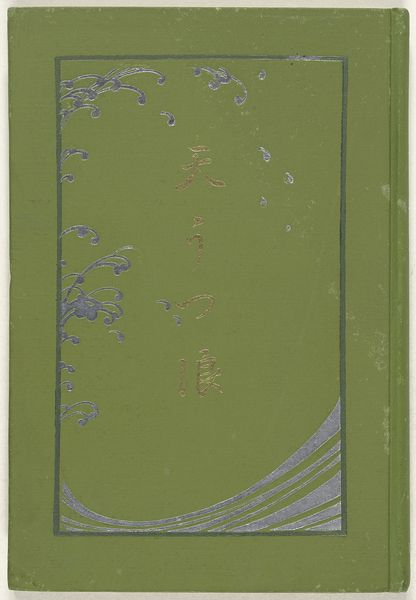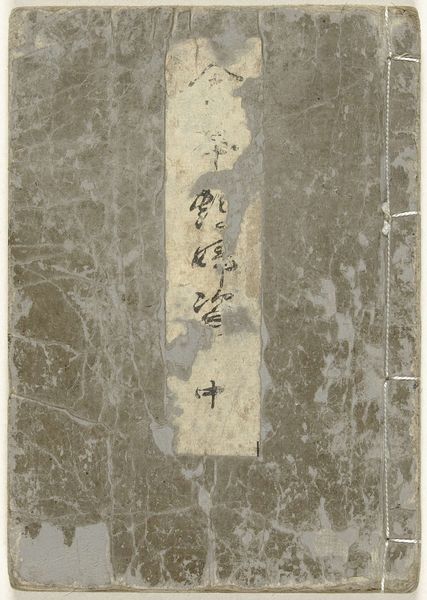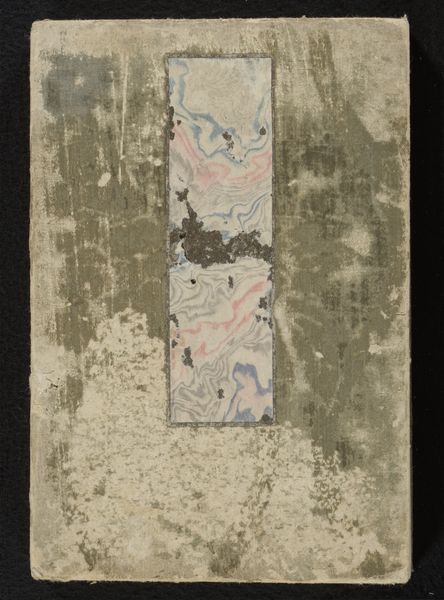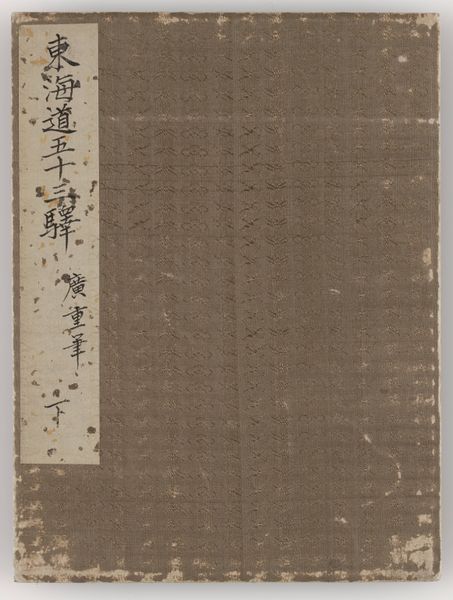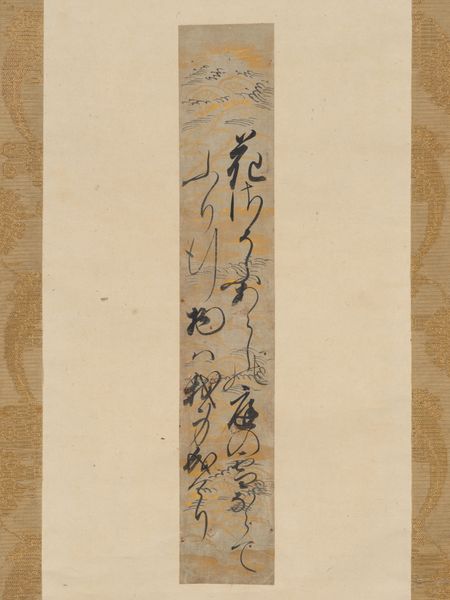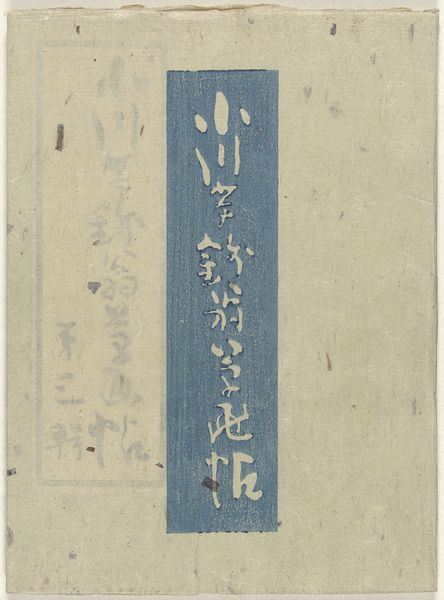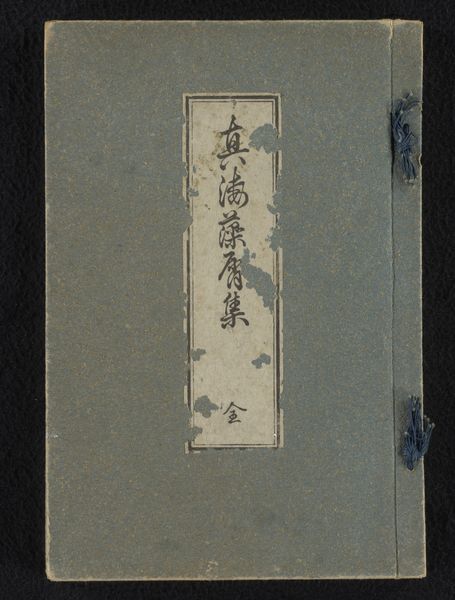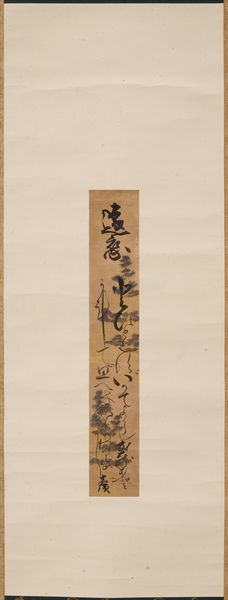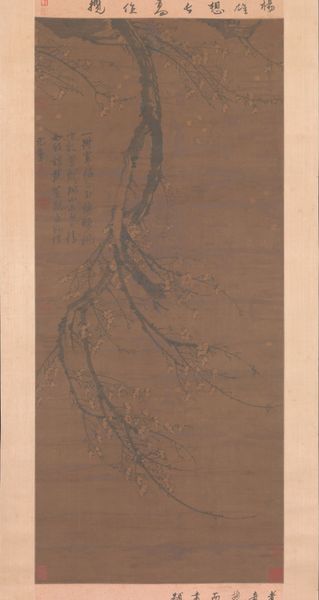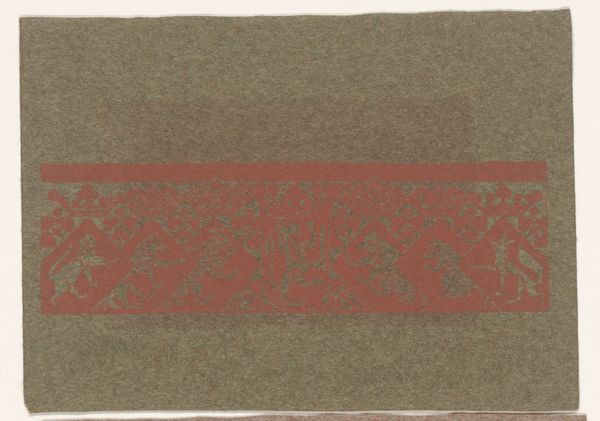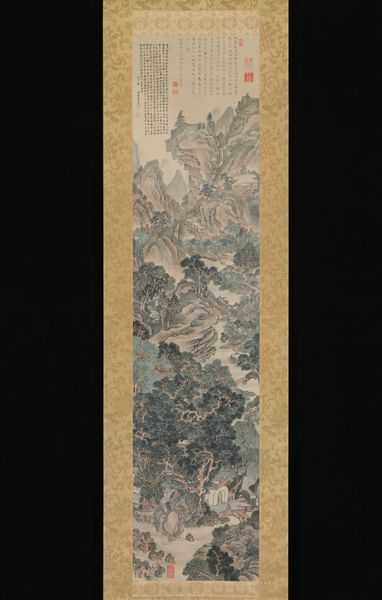
drawing, paper, watercolor, ink
#
drawing
#
water colours
#
asian-art
#
paper
#
watercolor
#
ink
#
watercolour illustration
#
calligraphy
Dimensions: height 246 mm, width 180 mm
Copyright: Rijks Museum: Open Domain
Curator: At first glance, there is a subdued harmony in this work. The composition consists of subtle gradations in paper quality—there’s something very comforting about this artwork, actually. It’s not demanding at all, just simple and grounded. What do you think? Editor: This piece, titled “Drawings by the old Ogawa Usen - part four”, was completed in 1941. Made with ink and watercolors on paper, it immediately strikes me as embodying wabi-sabi principles, finding beauty in imperfection, impermanence, and simplicity. How might that context play into your interpretation of 'comforting'? Curator: The idea of 'wabi-sabi' really resonates—absolutely! And I think knowing the history heightens the feeling. There's a beautiful sense of acceptance that flows from this quiet little artwork, a calm acknowledgment of aging, decay, and accepting the ebb and flow of things. The simplicity becomes profound, I think. Editor: Agreed, but also the context is so interesting. Consider that 1941 was a time of immense global upheaval, it adds layers of meaning. Was the creation of this work a form of quiet resistance? A turning inward toward the beauty of simple, natural forms, away from the violence? Is there a political reading, against Imperial ambitions and for small rebellions and freedoms? The texture and calligraphy give that mood, at least to me. Curator: You always take things deeper! It’s compelling to consider that, really. Perhaps Usen was indeed seeking refuge in simplicity as a subtle act against the prevailing storm. That's really the point of art isn't it: a moment of serenity, of self-possession, in a crazy, noisy world. The gentle watercolors definitely carry that feeling—they're not shouting, they’re whispering. Editor: Well said, maybe these whisperings can echo for us today too. Art’s relationship to resistance can occur at any level. Sometimes the mere existence of something small and imperfect is resistance enough. Curator: Exactly. In this hurried and demanding world, the artwork is such a welcome counterpoint. What a wonderful paradox: the power of understated peace.
Comments
No comments
Be the first to comment and join the conversation on the ultimate creative platform.
